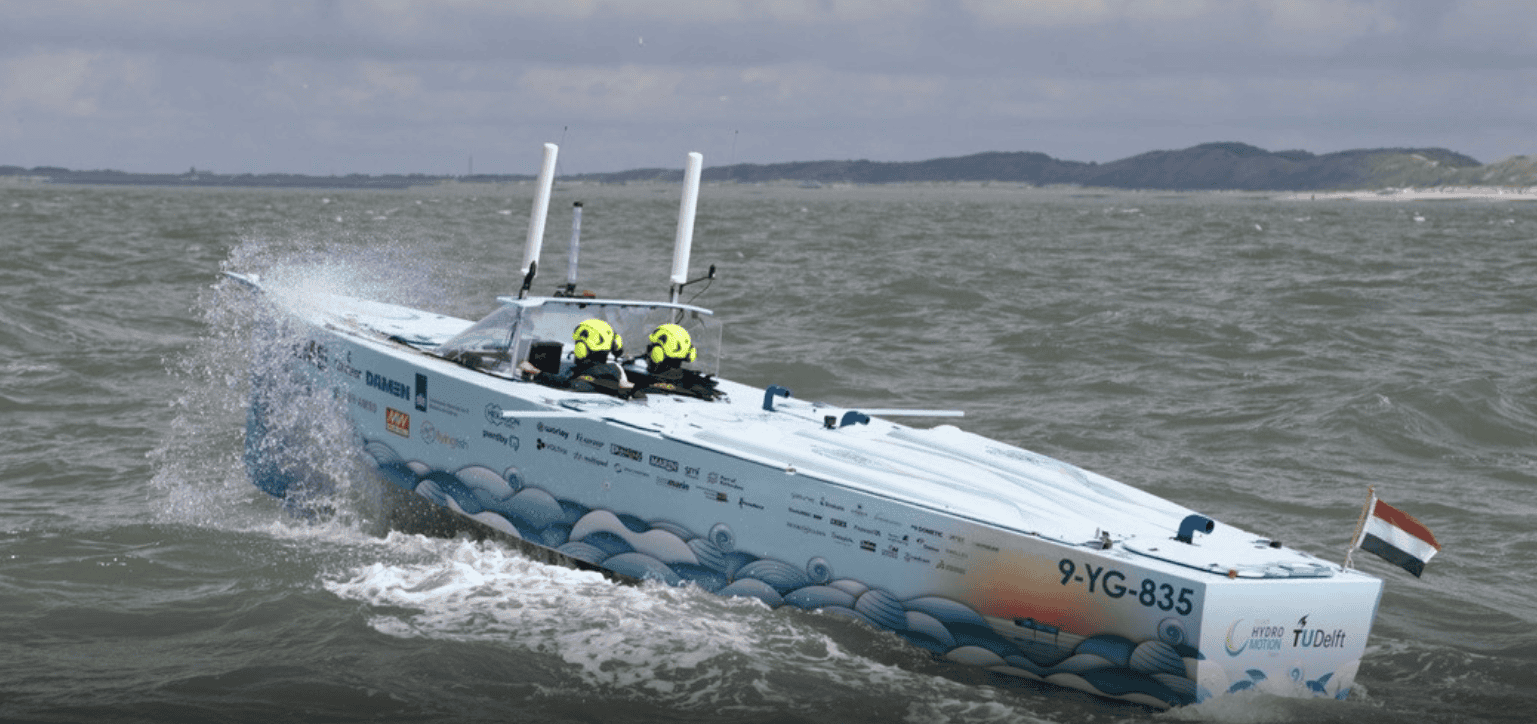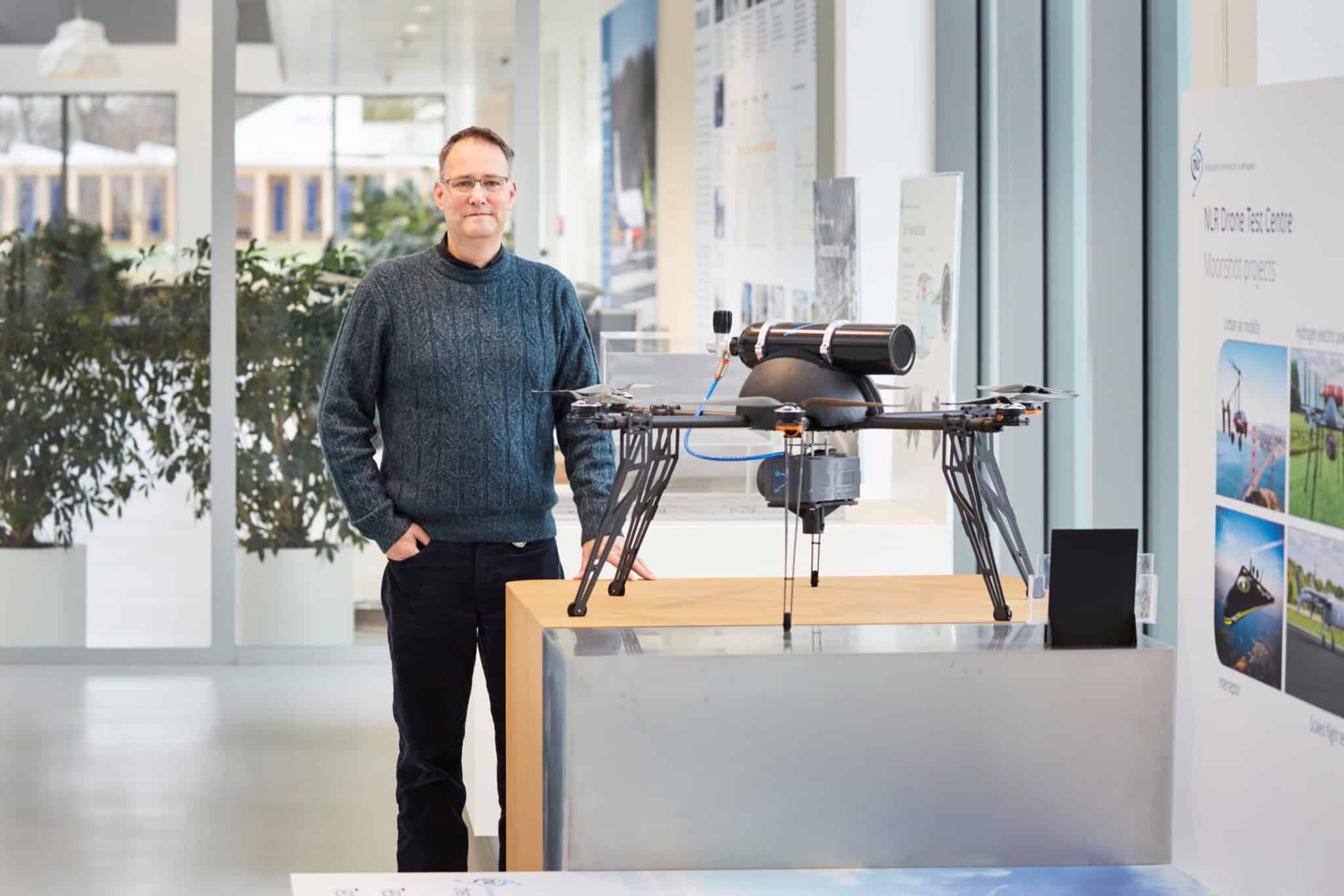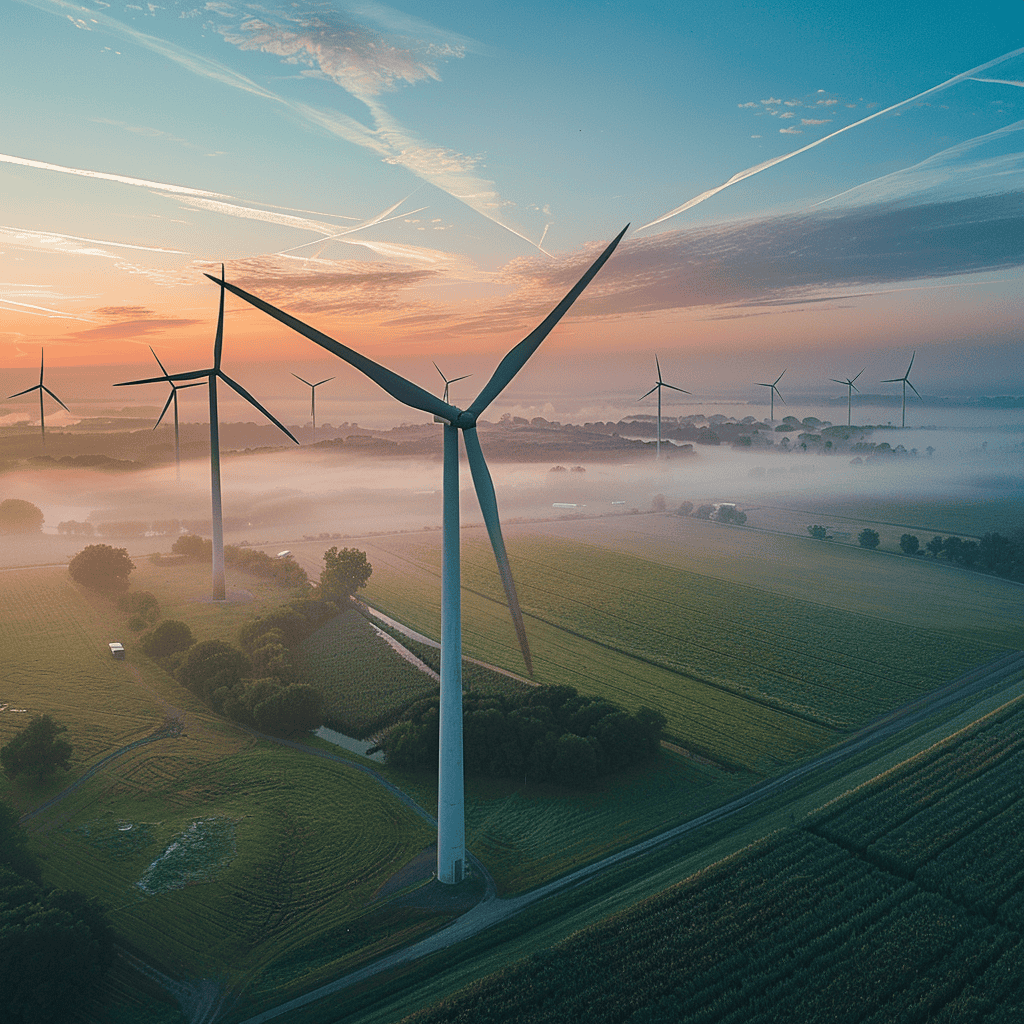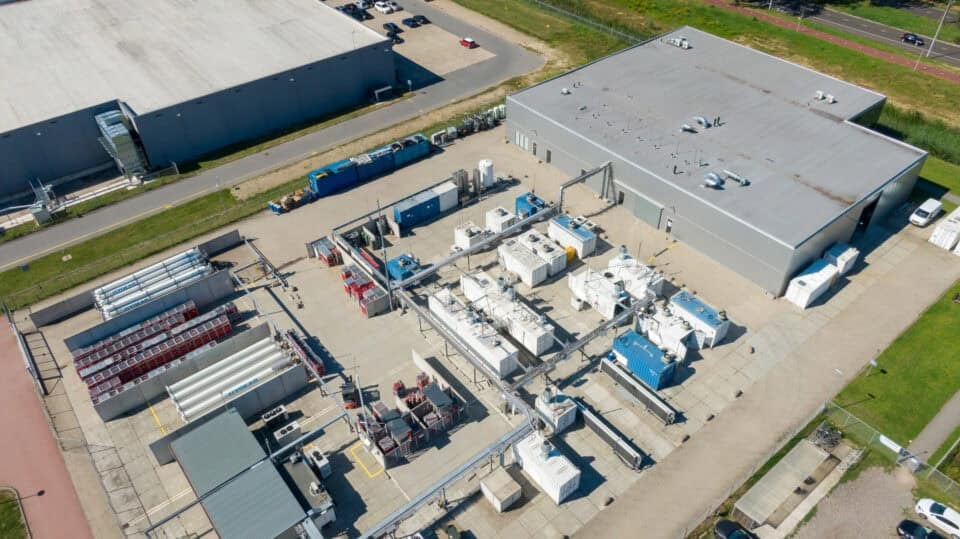
According to the European Environment Agency, maritime transport is responsible for over three percent of the total carbon emissions in the European Union. In 2019 alone, emissions reached 144 million tonnes of CO2. This may not sound like very much, but shipping has been one of the fastest-growing sources of greenhouse gas emissions for many years now due to the sharp rise in the trade volume. As a result, shipbuilders and operators around the world are on the hunt for environmentally friendly alternatives to conventional ship engines powered by fuel oil or diesel. In this context, the focus is increasingly shifting toward green hydrogen as a clean energy source. However, carrying large, heavy special-purpose tanks containing pressurized hydrogen on the open seas always involves a certain amount of risk writes the Fraunhofer Institute in a press release.
Researchers at the Fraunhofer Institute for Ceramic Technologies and Systems IKTS have worked with partners to develop a technology that uses hydrogen as a zero-emission propulsion concept and avoids these disadvantages. The EU-funded HyMethShip project uses methanol as a liquid hydrogen carrier. In this concept, the ship is refueled with methanol at port. On board, hydrogen is obtained from the methanol through a steam reforming process and is used for ship propulsion. “That way, we kill two birds with one stone: The ship has a virtually zero-emission propulsion system and there is no need for a large and potentially dangerous hydrogen tank,” explains Dr. Benjamin Jäger from the Catalysis and Materials Synthesis group at Fraunhofer IKTS.
Fill up with methanol, burn hydrogen
The system’s technical centerpiece is the reactor. The methanol is mixed with water, then evaporated by applying heat and fed into the preheated reactor, where the mix of methanol and water is converted into hydrogen and CO2. When it comes to hydrogen separation and reactor engineering, Fraunhofer IKTS is able to contribute its many years of experience in membrane process technology. The researchers at Fraunhofer developed a ceramic membrane coated with carbon. The hydrogen molecules escape through the extremely fine pores of the membrane, while the larger carbon dioxide gas molecules are retained. In this process, the hydrogen achieves a purity level of more than 90 percent. It is then fed into the engine, which it drives by burning in a conventional combustion engine — and generates absolutely no exhaust gases that are harmful to the climate.

The process concept used in the project includes two additional ingenious design elements that optimize the system. Firstly, the waste heat from the engine is used to heat the reactor, significantly increasing the efficiency of the system. Secondly, the remaining carbon dioxide is returned to a fluid state downstream of the reactor and fed into the empty methanol tanks. When the ship arrives at port, the CO2 is fed into tanks and can then be used for the next methanol synthesis process.
“Methanol is an ideal hydrogen carrier for shipping. Its energy density is twice as high as liquid hydrogen, so the on-board methanol tanks only need to be half the size. It can also be transported safely: Even if a tank leaks, there is no acute environmental risk,” says Dr. Benjamin Jäger, IKTS expert in this area.
During development, one of the technical challenges was enlarging the ceramic membranes so that they could be used in the context of the propulsion required for ship engines. The researchers managed to scale the membrane from its original length of just 105 mm to 500 mm, enabling engine propulsion of up to 1 MW. The medium-term goal is to develop propulsion systems of 20 MW and above.
Environmentally friendly trips on ferries and cruise ships
A zero-emission propulsion system would be ideal for ferries that sail fixed routes between two ports, with each port having its own methanol filling station. However, the technology may also be an appealing future solution for container ships and cruise ships. Environmentally conscious passengers would be attracted to green cruises with zero greenhouse gas emissions and no large funnels releasing soot from the fuel oil combustion process into the air.
In the EU-funded HyMethShip project, Fraunhofer IKTS worked with a number of partners. The Large Engines Competence Center (LEC) in Graz, Austria, was responsible for the overall coordination of the project, while the startup SES-HyDepot e.U. in Innsbruck operated the small-scale testing facility to validate the underlying technical process. Christian Mair, CEO of SES-HyDepot, is optimistic: “Testing has shown that it is possible to provide hydrogen on a methanol basis. It offers prospects in the medium term for ships and their significant power requirements.”
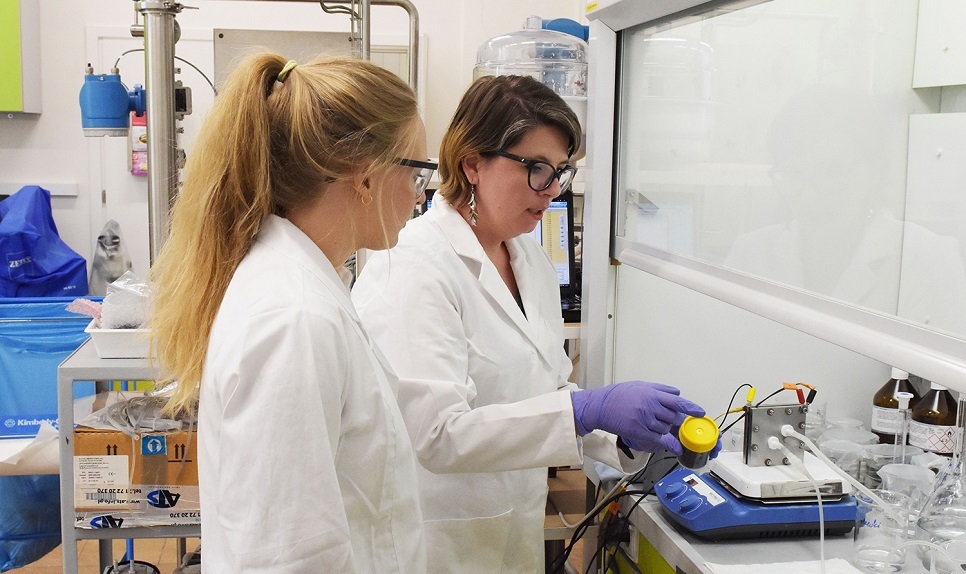
The industry is beginning to come under increasing political pressure in the context of the energy transition and the European Green Deal. In 2020, the European Parliament called on shipping companies to reduce their emissions significantly. With its zero-emission hydrogen propulsion system, the HyMethShip project could make an important contribution in this regard. There are potential applications in other industries too. The principle of generating hydrogen from methanol can also be applied in a range of scenarios in the chemical industry.
Selected for you!
Innovation Origins is the European platform for innovation news. In addition to the many reports from our own editors in 15 European countries, we select the most important press releases from reliable sources. This way you can stay up to date on what is happening in the world of innovation. Are you or do you know an organization that should not be missing from our list of selected sources? Then report to our editorial team.



